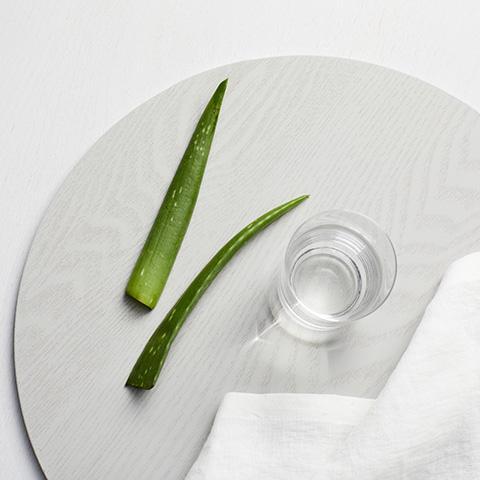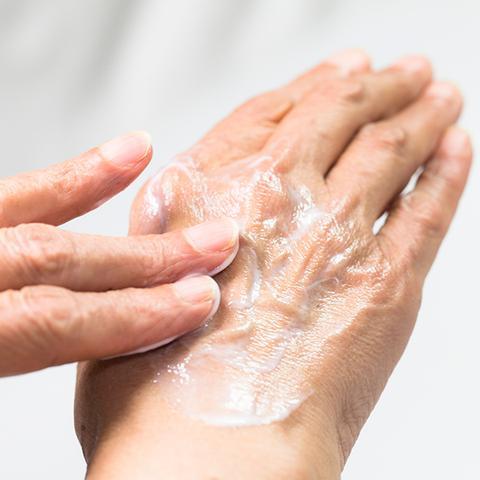The Sukin Journal
Discover the world of natural through our eyes! From skincare tips, lifestyle and environmental hacks to inspirational interviews! Explore it all.
How to: Apply Oils & Serums

How To Use Oils and Serums
Oils and serums are the heavy lifters of your skincare regimen. While many of us have been taught to cleanse, tone and moisturize, the “treatment” step in your routine should take priority. Not to be confused with your moisturizer, oils and serums serve their own purpose and can be used to really tailor your routine to your skin’s needs.
How should oils and serums be used and how can you choose the perfect blend for your skin? We’ve put together this simple guide to oils and serums to answer your questions.
What are oils and serums?
Oils and serums, despite differences in texture, serve the same purpose in your skincare routine- to deliver concentrated ingredients to the skin to target even the most specific skincare concerns. Oils, as the name suggests, have an oily consistency while serums are often more lightweight, absorbent and almost resemble a gel. While the other steps in your skincare routine will serve a similar purpose no matter who you are and what you’re using (cleansers will clean the skin, toners will absorb excess oil and tone the surface of the skin and moisturizers will moisturize), serums and oils are formulated to suit specific skin needs. Serums and oils are often (mistakenly) viewed as interchangeable with your moisturizer, and while there are moisturizers available that can target specific skin concerns, the active ingredients in your serum or oil are far more potent and concentrated.How to apply oils and serums
Oils and serums are designed to be applied to clean skin (if you use a toner or exfoliant, they are to be applied after these steps) and prior to moisturizing. It’s important to apply your serum or oil to a freshly cleansed base so the potent active ingredients can be effectively absorbed into the skin- if there’s anything blocking the pores, these products won’t be able to get their job done as well as they should. To ensure all of your products are working as well as possible, consider waiting for a couple of minutes between each step in your routine to give the products time to absorb.Given how specific you can get with your serums and oils, it’s worth having a few on hand to swap in and out of your routine to cater to whatever your skin may feel like on any given day. Keep your cleanser, toner and moisturizer the same, then use your serum or oil to tailor your routine.

How to choose a serum or oil for your skin type
For those with oily skin, it can be tempting to skip the treatment step in your skincare routine for fear of adding yet another thick layer of product to their already oily skin. Oily skin types can benefit from both serums and oils, however, and many oils and serums can actually work to balance oily skin! If you suffer from particularly oily skin, it can be worth opting for a serum rather than an oil as the lightweight texture of a serum may feel more comfortable on the skin. The best serums for oily skin are those that are quickly absorbed and work to balance the skin’s natural oil production levels, such as Sukin’s Super Greens Facial Recovery Serum.If your goal is to heal dry skin, look for serums and oils rich in hydrating vitamins (Vitamin E is particularly good for adding moisture to dry skin) and antioxidant-rich fatty acids to restore the skin’s natural protective barrier. The best serums and oils for dry skin are soothing and hydrating, like Sukin’s Certified Organic Rosehip Oil and Purely Ageless Hydration Elixir.
Given the potency of oils and serums, this step can be particularly good for targeting the visible signs of aging. To firm mature skin, apply Sukin’s Intensive Firming Serum prior to moisturizing.
See all our Serums & Oils here












